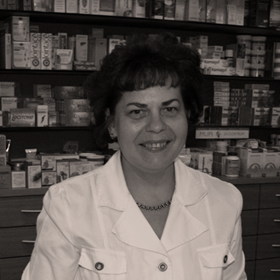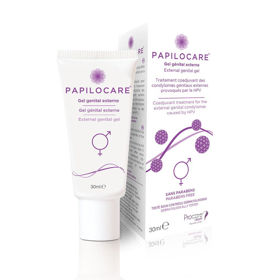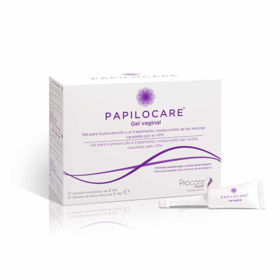Customer question:
What causes HPV warts? Anonymous customer's question
Pharmacist's answer:
HPV warts, also known as genital warts, are caused by specific strains of the human papillomavirus (HPV). HPV is a group of related viruses, and there are over 100 different types of HPV. Genital warts are mainly caused by low-risk types of HPV, particularly HPV-6 and HPV-11. These types of HPV are responsible for most cases of genital warts.
Genital warts are usually transmitted through sexual contact, including vaginal, anal, and oral sex. HPV is highly contagious, and even skin-to-skin contact with an infected area can cause transmission. The HPV virus enters the body through microabrasions or minor cuts on the skin and mucous membranes. Once inside, the virus infects the skin cells and reproduces in them, causing warts to form.
After infection, HPV can remain dormant in the body for a long time without causing any symptoms. This latent or inactive state is why some people may not develop warts immediately after exposure. It is essential to know that not everyone who is exposed to HPV will develop visible warts. Factors such as an individual's immune system, the specific strain of HPV, and other unknown factors can affect whether or not warts appear. In addition, some people may have HPV without realizing it because they have no visible symptoms.
Prevention of HPV warts includes safe sex, HPV vaccination, and regular health checkups, which may include screening for HPV and testing for related health risks, such as cervical cancer in women. Vaccination against HPV is especially effective before the start of sexual activity, as it helps protect against the most common types of high- and low-risk HPV, which can cause genital warts and other complications.
What are the first symptoms of HPV infection?
HPV is a group of related viruses that can infect different body parts, including the genital and oral. Many people infected with HPV do not have any symptoms, and the virus often goes undetected. However, some people infected with certain strains of HPV may develop symptoms and develop specific health problems as a result. The first symptoms of HPV can vary depending on the type of HPV and the location of the infection.
Common symptoms and conditions associated with HPV may include:
- Genital warts: the most recognizable symptom of HPV is the appearance of genital warts. These warts are often flat or raised and can appear on or around the genitals, anus, or mouth. Genital warts are usually caused by low-risk types of HPV, particularly HPV-6 and HPV-11.
- Cervical changes: High-risk HPV types are associated with an increased risk of cervical changes, which may not cause noticeable symptoms but can be detected with regular Pap smears or an HPV test. These changes can lead to cervical cancer if not monitored and treated.
- Throat and mouth infections: HPV can infect the throat and mouth, which can cause diseases such as oropharyngeal cancer. Symptoms may include a persistent sore throat, difficulty swallowing, or a lump.
- Infections of the respiratory tract and throat: in some cases, HPV can cause warts on the respiratory tract and throat. Symptoms may include voice changes, difficulty breathing, or a persistent cough.
It is important to note that many people with HPV, especially those at low risk, have no noticeable symptoms. In addition, some individuals may have latent HPV infections that remain inactive for long periods without causing symptoms.
Preventive measures against HPV-related health problems include getting vaccinated (especially before you become sexually active), practicing safe sex, and getting regular checkups, which may include Pap smears and HPV testing for women. If you suspect that you have HPV or have any symptoms, it is essential to consult a doctor for a proper assessment of the condition and further instructions.
Interesting reading: Warts on the foot
Interesting reading: Wart ointment











